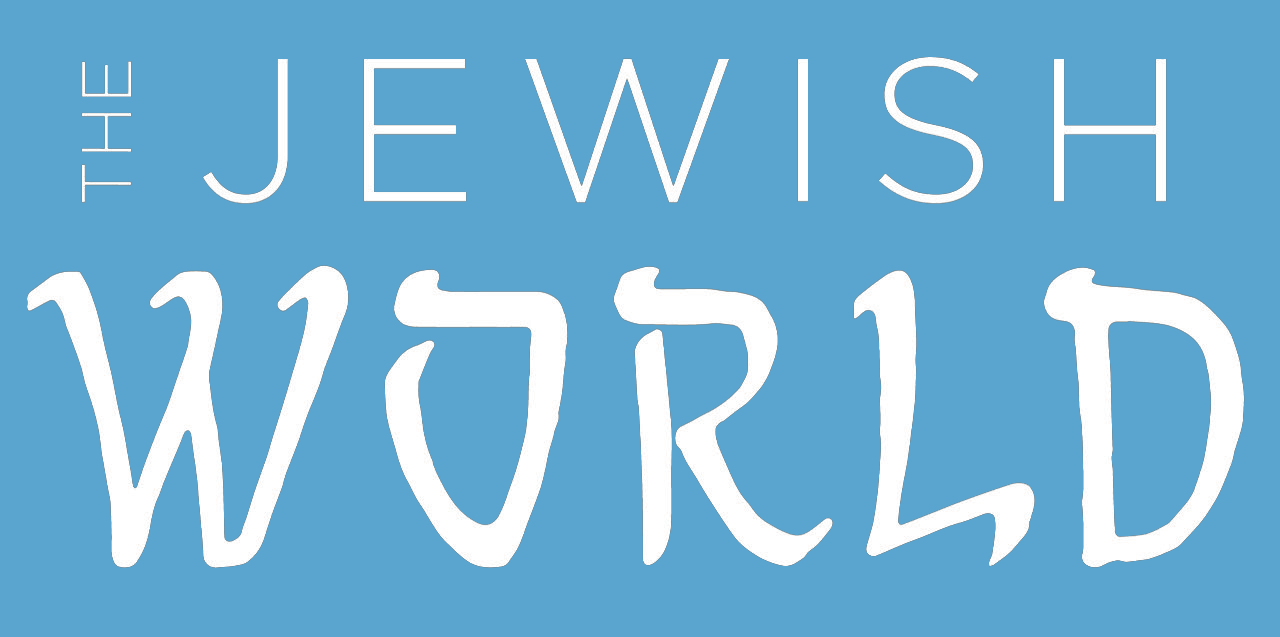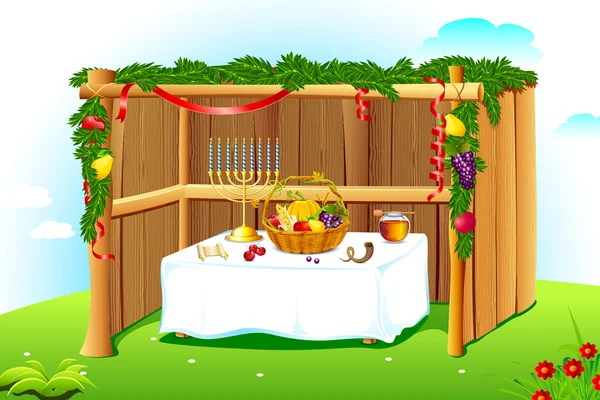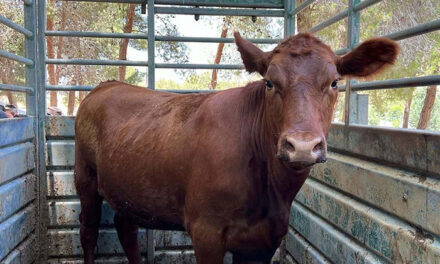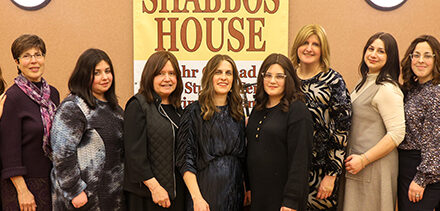By Rabbi RAYMOND APPLE
APPLE IN PARADISE – despite the popular view, the fruit eaten by Adam and Eve was probably an etrog; fruit eating on Tu B’Shevat was regarded by Kabbalah as atonement for Adam and Eve’s sin.
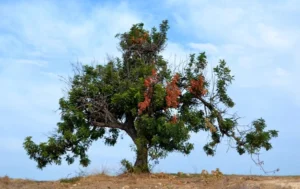
Carob tree. Photo courtesy of DepositPhotos by ploutarxina
BAGHDAD – Baghdadi Jews marked Tu B’Shevat by a ceremony in the house of mourning, symbolic of resurrection (as trees become green again, so will the dead return to life).
ETHICS OF TREES – in the Midrash, Jews are like a vine, which, though plucked up from one place, can flourish in another; like a vine that does not lose its leaves, Israel is never abandoned by God.
FRUIT – Tu B’Shevat is a fruit festival. Rabbi Jacob Levi Saphir ate 50 kinds of fruit. Chayyim Vital ate 30 kinds. Most people keep to 15. Some people eat dried, not fresh fruits.
HAGGADAH – we not only celebrate, we philosophize and talk about it.
KEREN KAYYEMET – the KKL (JNF) built up Israel’s forests, giving everyone the opportunity of taking part in the mitzvah; JNF preferred timber trees to fruit trees.
MAN – the Torah likens man to a tree (Deuteronomy. 20:19), which has firm roots, is nourished by streams of water (Psalm 1:3), grows up towards the heavens and symbolizes God’s blessings.
MESSIAH – springtime is symbolic of the redemption. Planting trees shows concern for those who will come after us.
ROSH HASHANAH LA’ILANOT – New Year for Trees: originally it lacked ceremonies but eventually became a way of remembering the Holy Land; in Europe the festivities lit up the gloom of the cold weather.
SAFED (TZ’FAT) – the place of origin of many Tu B’Shevat ceremonies, especially amongst Sephardim.
SEDER FOR TU B’SHEVAT – many people create their own Tu B’Shevat seder with scriptural verses that acclaim and describe Israel’s fruit trees; the ceremony culminates in song (Psalm 116:12).
TREES – Trees provide strength and stability (Prov. 3:18); the Bible commands concern for “the trees of the Lord”; tree-planting ceremonies became customary on Tu B’Shevat in both Israel and the Diaspora.
TU B’SHEVAT – 15 Shevat, separating the Israeli winter and spring, is the New Year for Trees and began in the Mishnah; the festive ceremonies evolved later.
Rabbi RAYMOND APPLE was for many years Australia’s highest profile rabbi and the leading spokesman on Judaism. After serving congregations in London he rabbi was chief minister of the Great Synagogue, Sydney, for 32 years. He also held many public roles, particularly in the fields of chaplaincy, interfaith dialogue and Freemasonry, and is the recipient of several national and civic honors. Now retired, he lives in Jerusalem and blogs at oztorah.com.
